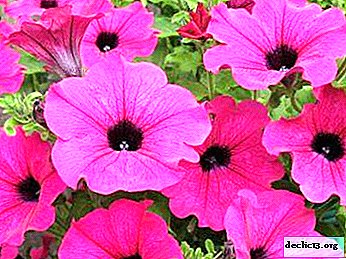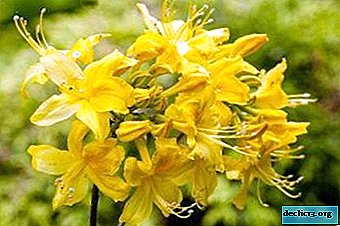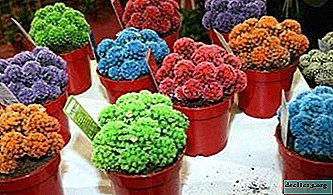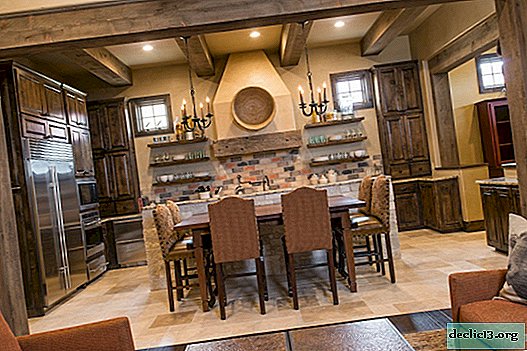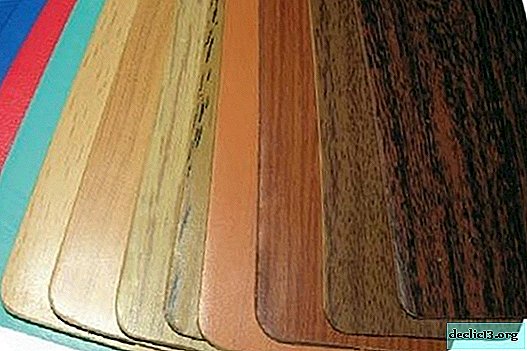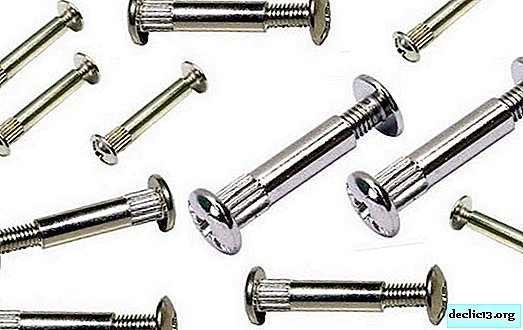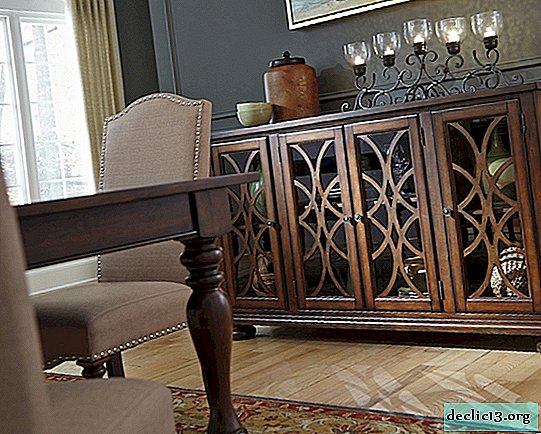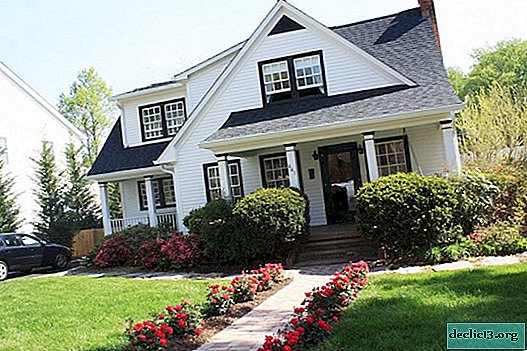How to make a bonsai from azaleas with your own hands? Miniature tree cultivation and care
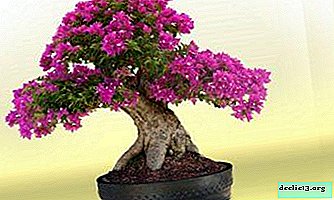
Azalea belongs to the rhododendron family. It was bred due to the crossing of different types of rhododendrons. Since the time of Karl Linnaeus, botanists and gardeners have tried to classify rhododendrons, which occupy more than a third of the species of the heather family. Now there are over 8,000 hybrid varieties.
In the garden classification, azaleas are separated from other types of rhododendrons due to the number of stamens in the flowers. Azalea flowers have five stamens, and the remaining rhododendrons have 10 or more. This incredibly beautiful plant has a tree shape and is characterized by abundant and lush flowering. That is why azalea bonsai is so popular, and not only in Japan, but throughout the world.
Appearance
Azalea blooms brightly and luxuriantly. Numerous small flowers look like roses. Azalea growing outdoors is an evergreen shrub type with ellipse-shaped leaves and flat or tubular flowers. Sometimes it can reach up to 3 meters in height. The color scheme of buds is from pink and red to purple and even white. At home, two types of azaleas grow well - Indian and Japanese. You can read more about the tree-like Indian azalea, which is great for creating bonsai, here.
Azalea bonsai is a dwarf shrub up to 50 cm high. Large bright flowers with small leaves create a lush round crown. It blooms in winter and summer.
REFERENCE: Japanese azalea is excellent for bonsai, as its flowers are smaller, and together with the small height of the tree, such a bonsai looks the most harmonious.Photo
Next, you can see the photo of the plant:



Subspecies of rhododendron
A curious variety of azaleas suitable for bonsai is mikrantum, translated from Latin as "small flowered". It is the flowers of mikrantum that are small in size, but very bright, and the crown is spacious and dense. The leaves are also small, but dense and shiny.
Sonsuki azaleas and kurume azaleas are also widely used for bonsai.
Bloom
This plant can bloom in both summer and winter.. The secret of long flowering is abundant watering, low temperature and bright diffused lighting.
In order for the buds to appear in autumn or winter, it is necessary to keep the plant in a cool (+ 6 ° C - 8 ° C) and bright place. When the buds swell, the temperature is increased to + 16 ° C - 18 ° C.
After flowering, pruning of azaleas is carried out. Pruning is necessary in order to maintain the shape of the plant and contribute to the next lush flowering. First, cut the longest branches, forming a crown, then cut out the shoots in the middle.
IMPORTANT! The older the azalea, the more intense pruning it requires.How to make a small tree with your own hands?
How to make a bonsai from an ordinary rhododendron? To turn the azalea into a small tree with a thick trunk and a lush top, you need patience and a lot of effort. After all, bonsai is an unnatural form that does not occur in nature.
Where to begin? Choose the youngest plant. It is necessary to form a crown from the first year of life. This may take several years. To achieve the perfect bonsai shape, you need at least 5-6 pieces.
 At the first pruning, we select one strong shoot in the middle, from which the future trunk of the tree will turn out. All side branches are completely cut off.
At the first pruning, we select one strong shoot in the middle, from which the future trunk of the tree will turn out. All side branches are completely cut off.
In the early years, you do not need to cut off the top of the trunk, let it grow intensively upwards for now. At the first stage, our task is to form a trunk from a central strong shoot and grow it to the desired length. So that the main shoot is direct - it is best to tie it to a support. It is also recommended that you regularly turn it in different directions towards the light to make growth and development more intense.
When the tree reaches your desired height, pinch the top. In the future, all efforts must be directed to the formation of the crown. It can be made round, oval, pyramidal or elongated to the sides. The form depends only on your desire.
Home Care
- The soil. Azalea needs an acidic soil rich in nutrients. There is a special earthen mixture "Azalea", which is sold in almost any flower shop.
- Temperature and light. In summer, azalea loves a moderate temperature between +18 ° C - 21 ° C. In winter, the temperature should be no higher than 15 ° C - 17 ° C. Indoor azalea loves ambient light. Avoid direct sunlight.
- Watering. Never let a bonsai dry out! Azaleas need moist air and timely watering. It is advisable to defend the water for irrigation for several days. The best way to check if a plant needs watering is to touch the ground with a finger in a pot.
- Top dressing. When your bonsai has a new, light green growth, help him with nutrients. Use soft organic fertilizer in the form of balls or liquid. During the growing season, azaleas will benefit from nitrogen, phosphorus or potassium. When leaflets fall, reduce the nitrogen supplement.
- Transfer. In order to prevent excessive root development, the plant needs to be transplanted. Young azalea is transplanted once a year, and for an adult, one transplant in 2 years is enough. The best time is the end of winter, the beginning of spring, when new leaves appear. Pay attention to dead roots - they must be carefully cut.
ATTENTION! 2-3 days before transplanting, the tree should be watered. Dry soil will allow unhindered access to the roots.
How to propagate a plant?
Azalea propagates by seeds, cuttings or inoculations. However, for grafting, special knowledge and skills are required, and it is more difficult and longer to grow a tree from seeds than from a cuttings. So that propagation of azaleas by cuttings is recommended.
 If you still want to grow azalea from seeds, then it will take you a long time to grow and bloom. When planting, pay attention to the soil (acidic and loose soil). Flower shops have azalea primer, but you can also make it yourself. It will take sand, coniferous land, a little peat.
If you still want to grow azalea from seeds, then it will take you a long time to grow and bloom. When planting, pay attention to the soil (acidic and loose soil). Flower shops have azalea primer, but you can also make it yourself. It will take sand, coniferous land, a little peat.
Seeds need to be provided with enough light.. Plant them shallow and sprinkle with a very thin layer of earth. It is best to cover the pot with a transparent film.
What pests and diseases can threaten?
Pests:
- Rhododendral Bedbugs - The main enemies of azaleas. From them, ugly spots appear on the leaves. Bedbugs lay eggs on the inner surface of the leaves. To destroy the parasite, buy a solution of diazinan.
- Spider mite eats plant juice. If your azalea leaves turn brown and then fall off, wash them with soapy water. With a more advanced stage, purchase an Actellik spray solution: 2 - 3 ml. per liter of water.
Disease
- Late blight - a disease in which the root rots. Spray your tree with phytoerm solution.
- Necrosis from hypothermia. The leaves of the plant also begin to brown. It is necessary to transfer it to a warm place and make sure that it receives enough light.
- Chlorosis of the leaves. This happens because of the hard water that is used for irrigation. In this case, it is better to acidify the water for irrigation or begin to fertilize the soil with iron chelate.
Problem prevention
To save a bonsai and keep it healthy and flowering, you need to adhere to some rules:
- Always remove fallen or damaged leaves from the tree and from the surface of the soil.
- Gently wash the foliage once a week. This is a good prevention against pests and diseases.
- Water the plant on time.
- Provide him with the appropriate temperature and light.
- Keep an eye on the look of the bonsai. If you see that the leaves began to fall off, become sticky or notice insects, urgently take rescue measures.
Now you know how to grow bonsai azalea from seeds and what care you need to provide for the flower. Although a bonsai from azalea is quite moody, with proper care and care, he will thank you with bright and beautiful flowers that will delight you for several weeks and even months.



